You are using an out of date browser. It may not display this or other websites correctly.
You should upgrade or use an alternative browser.
You should upgrade or use an alternative browser.
A model in aero india 2015 showed 184 qrtm or 736 trm . I have read a few reports that said tejas mark1a will have upto 760 trm. Uttam is scalable system so possiby tejas mark 2 and sukhoi 30 will have more as they also are supposed to get uttam.How many T/R array?
so possiby tejas mark 2 and sukhoi 30 will have more as they also are supposed to get uttam.
@#comcom
Credt to original owner.
Ministry of Electronics & IT
Posted On: 19 JAN 2021 6:35PM by PIB Delhi
The Ministry of Electronics and Information Technology (MeitY) in India will establish a Quantum Computing Applications Lab in the country, in collaboration with AWS, to accelerate quantum computing-led research and development and enable new scientific discoveries. The MeitY Quantum Computing Applications Lab will provide quantum computing as a service togovernment ministries and departments, researchers, scientists, academia, and developers, to enable advances in areas such as manufacturing, healthcare, agriculture, and aerospace engineering. AWS will provide hosting with technical and programmatic support for the Lab. This MeitYinitiative will provide scientific, academic, and developer communities access to a quantum computing development environment aligned with the government’s science and technology priorities.
Quantum computing is an emerging field that harnesses the laws of quantum mechanics to build powerful tools to process information. It has the potential to solve computational problems that are beyond the reach of classical computers, and lead to new breakthroughs that can transform chemical engineering, material science, drug discovery, financial portfolio optimization, machine learning, and much more.
“India has a rich legacy in science, technology, and innovation. We believe that India’s path forward will be driven by achieving world-class scientific solutions. Enabling our scientific community with advanced technologies plays a key role towards scientific advancements and learning,” saidAjay Sawhney, Secretary, MeitY. Today, we are delighted to take another significant step in India’s science and technology journey with the establishment of the MeitY Quantum Computing Applications Lab with the support of AWS.”
“An early and successful foundation in quantum computing is important to achieve leadership in this emerging field. The MeitY Quantum Computing Applications Lab, established with the support of AWS, is the first of its kind initiative in the world, and aims to enable India’s talented researchers to explore the unchartered applications of quantum computing, and pave the way for new discoveries and disruptions,” said Dr.Rajendra Kumar, Additional Secretary,MeitY.
“A core mission of MeitY is to identify and deploy technologies to promote innovation and discovery tohelp India advance, and achieve a more sustainable future. Quantum computing has the extraordinary potential to help countries leapfrog technology generations, achieve scientific leadership, and deliver answers to complex economic and social challenges. This initiative willaugment India’s ongoing efforts in developing Quantum Computing Applications.” said Abhishek Singh, President & CEO, National e-Governance Division (NeGD), MeitY.
“We congratulate MeitY for its visionary leadership as it empowers the scientific community in India,” said Max Peterson, Vice President, International Sales, Worldwide Public Sector, Amazon Web Services, Inc. “By supporting the MeitY Quantum Computing Applications Lab, we aim to make quantum computing available to more scientists, researchers, developers and organisations, enabling them to access and experiment with the technology, and explore the practical applications of quantum algorithms.”
The MeitYQuantum Computing Applications Lab will identify quantum computing problem statements for experimentationfrom among Central and State Governments,Research Institutions, and Academia. It will work with subject matter experts from the government sector to define the problem statements, and make them public, inviting applications from researchers, academia, and organizations to address them. The Lab will then provide select applicants with access to quantum computing hardware, simulators, and programming tools, on-demand and at no cost, via Amazon Braket, that enables scientists and developers to build algorithms, conduct advanced simulations, and run experiments. Amazon Braket provides a development environment to enable users to explore and design quantum algorithms, test and troubleshoot them on simulated quantum computers, and run them on different quantum hardware technologies.
“Limited access to quantum computing hardware and expertise, and complex infrastructure setup and management, are challenges that scientists and researchers face today, in their quest for scientific discovery,” said Rahul Sharma, President, Public Sector – AISPL, AWS India and South Asia. “Our collaboration with MeitY to establish the Quantum Computing Applications Lab will provide the breadth and depth of AWS services to the research, academic, and scientific community to overcome these challenges and focus on innovation...”
The MeitY Quantum Computing Applications Lab will help government bodies and the scientific community to identify problems and opportunities rapidly, and test real-world challenges through experiments and prototypes in a low risk environment. Outcomes from these experiments will help researchers evolve the problem statements, proof-of-concepts, and prototypes that will lead to the development of new applications, models, and frameworks in quantum computing.

India’s Ministry of Electronics and Information Technology to establisha Quantum Computing Applications Lab, Powered by AWS
Pioneering initiative to apply quantum computing to advance India’s science and technology development initiatives and bolster economy
The lab is World’s first quantum computing applications lab on AWS to support a national government’s mission to drive innovation
Posted On: 19 JAN 2021 6:35PM by PIB DelhiThe Ministry of Electronics and Information Technology (MeitY) in India will establish a Quantum Computing Applications Lab in the country, in collaboration with AWS, to accelerate quantum computing-led research and development and enable new scientific discoveries. The MeitY Quantum Computing Applications Lab will provide quantum computing as a service togovernment ministries and departments, researchers, scientists, academia, and developers, to enable advances in areas such as manufacturing, healthcare, agriculture, and aerospace engineering. AWS will provide hosting with technical and programmatic support for the Lab. This MeitYinitiative will provide scientific, academic, and developer communities access to a quantum computing development environment aligned with the government’s science and technology priorities.
Quantum computing is an emerging field that harnesses the laws of quantum mechanics to build powerful tools to process information. It has the potential to solve computational problems that are beyond the reach of classical computers, and lead to new breakthroughs that can transform chemical engineering, material science, drug discovery, financial portfolio optimization, machine learning, and much more.
“India has a rich legacy in science, technology, and innovation. We believe that India’s path forward will be driven by achieving world-class scientific solutions. Enabling our scientific community with advanced technologies plays a key role towards scientific advancements and learning,” saidAjay Sawhney, Secretary, MeitY. Today, we are delighted to take another significant step in India’s science and technology journey with the establishment of the MeitY Quantum Computing Applications Lab with the support of AWS.”
“An early and successful foundation in quantum computing is important to achieve leadership in this emerging field. The MeitY Quantum Computing Applications Lab, established with the support of AWS, is the first of its kind initiative in the world, and aims to enable India’s talented researchers to explore the unchartered applications of quantum computing, and pave the way for new discoveries and disruptions,” said Dr.Rajendra Kumar, Additional Secretary,MeitY.
“A core mission of MeitY is to identify and deploy technologies to promote innovation and discovery tohelp India advance, and achieve a more sustainable future. Quantum computing has the extraordinary potential to help countries leapfrog technology generations, achieve scientific leadership, and deliver answers to complex economic and social challenges. This initiative willaugment India’s ongoing efforts in developing Quantum Computing Applications.” said Abhishek Singh, President & CEO, National e-Governance Division (NeGD), MeitY.
“We congratulate MeitY for its visionary leadership as it empowers the scientific community in India,” said Max Peterson, Vice President, International Sales, Worldwide Public Sector, Amazon Web Services, Inc. “By supporting the MeitY Quantum Computing Applications Lab, we aim to make quantum computing available to more scientists, researchers, developers and organisations, enabling them to access and experiment with the technology, and explore the practical applications of quantum algorithms.”
The MeitYQuantum Computing Applications Lab will identify quantum computing problem statements for experimentationfrom among Central and State Governments,Research Institutions, and Academia. It will work with subject matter experts from the government sector to define the problem statements, and make them public, inviting applications from researchers, academia, and organizations to address them. The Lab will then provide select applicants with access to quantum computing hardware, simulators, and programming tools, on-demand and at no cost, via Amazon Braket, that enables scientists and developers to build algorithms, conduct advanced simulations, and run experiments. Amazon Braket provides a development environment to enable users to explore and design quantum algorithms, test and troubleshoot them on simulated quantum computers, and run them on different quantum hardware technologies.
“Limited access to quantum computing hardware and expertise, and complex infrastructure setup and management, are challenges that scientists and researchers face today, in their quest for scientific discovery,” said Rahul Sharma, President, Public Sector – AISPL, AWS India and South Asia. “Our collaboration with MeitY to establish the Quantum Computing Applications Lab will provide the breadth and depth of AWS services to the research, academic, and scientific community to overcome these challenges and focus on innovation...”
The MeitY Quantum Computing Applications Lab will help government bodies and the scientific community to identify problems and opportunities rapidly, and test real-world challenges through experiments and prototypes in a low risk environment. Outcomes from these experiments will help researchers evolve the problem statements, proof-of-concepts, and prototypes that will lead to the development of new applications, models, and frameworks in quantum computing.

India’s Ministry of Electronics and Information Technology to establisha Quantum Computing Applications Lab, Powered by AWS
The Ministry of Electronics and Information Technology (MeitY) in India will establish a Quantum Com
pib.gov.in

In a first, Tata to build military aircraft in India as it acquires IP rights
The high-altitude, twin-engine aircraft, capable of playing multiple roles from signal intelligence to cross-border surveillance, is currently in the final stages of testing in Germany. It is likely to arrive in India in the next three months for further integration.
New Delhi: In a first for the industry, the Tata Group will develop and manufacture a military aircraft in India, having acquired intellectual property rights for a German-origin platform. The plan, ET has reliably learnt, is to integrate indigenous sensors and payloads to convert it into an intelligence gathering asset.
The high-altitude, twin-engine aircraft, capable of playing multiple roles from signal intelligence to cross-border surveillance, is currently in the final stages of testing in Germany. It is likely to arrive in India in the next three months for further integration.
This would be the first time that an Indian private entity is looking at making a full military-grade aircraft, which until now has been the domain of the state-owned Hindustan Aeronautics
Tata Advanced Systems (TASL) will showcase the capabilities of the aircraft at the AeroIndia in Bengaluru next week. Though the company has not shared details of the design, the aircraft is likely to be based on the Grob G 180 SPn – a German-made jet that never reached serial production due to financial strains

TASL is yet to get any firm orders for the aircraft in India, but top executives say the investment has been done keeping in mind future requirements of the armed forces. A manufacturing plant will be set up for serial production in the future, they added.
The company sources said the aircraft it is developing is designed for flying at 41,000 feet altitude with a maximum altitude of 45,000 feet and can be used for intelligence gathering, surveillance and reconnaissance (ISR) purposes. It is designed to land on grass and gravel. The low-wing, twin-engine composite aircraft is expected to have a range of 1800 nautical miles and 6-7 hours endurance with a payload capacity in excess of 1,000 kg.
“We are now focusing on modifying the aircraft to fit special payloads so that it can undertake a demonstration of surveillance capabilities. For a country like India, with multiple mountain ranges spread across the country, including on international borders, this capacity is extremely vital. India has been dependent on foreign suppliers to meet this need,” said Sukaran Singh, MD of TASL.
He added that acquiring such technology will enable India to modify and fit any payloads it wants within the country, reducing dependence on foreign suppliers. “With TASL bringing this aircraft technology to the table, India will have a cutting edge air-borne surveillance platform, with control over the software, customisation as well as maintenance, based within the country,” he said.
The need for effective border surveillance has been a focus after recent tensions with China in Ladakh.
In a first, Tata to build military aircraft in India as it acquires IP rights

In a first, Tata to build military aircraft in India as it acquires IP rights
The high-altitude, twin-engine aircraft, capable of playing multiple roles from signal intelligence to cross-border surveillance, is currently in the final stages of testing in Germany. It is likely to arrive in India in the next three months for further integration.
India’s $3-billion ISTAR Takes Shape, MoD Clearance This Year
February 25, 2021 / By Team Livefist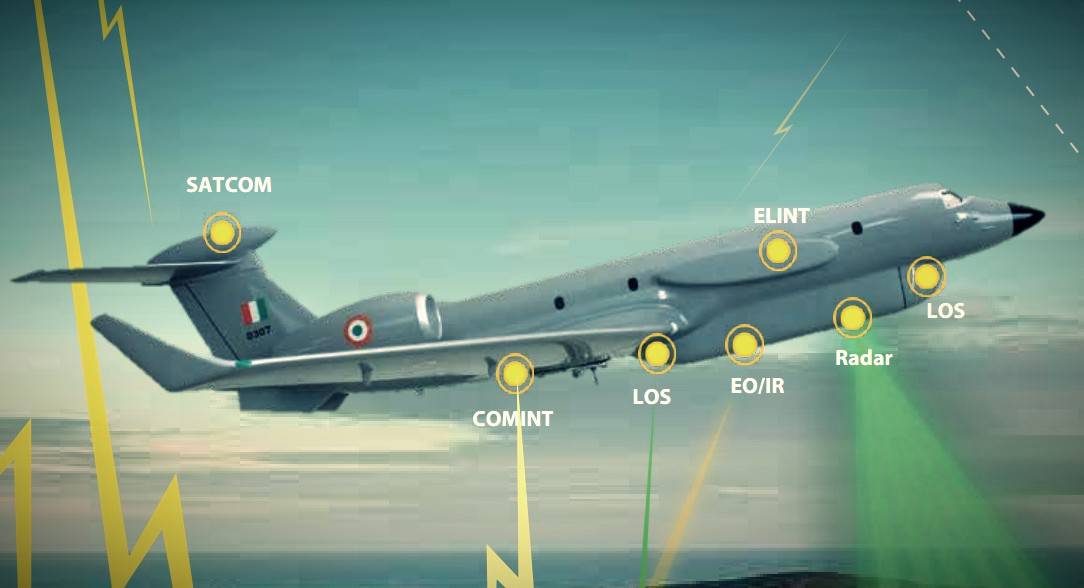
The Indian government is all set to clear paperwork in the coming months to acquire a U.S. ISTAR (Intelligence Surveillance Targeting and Reconnaissance) battlefield and ground surveillance aircraft platform, the first step towards a larger joint project that will see India’s Defence Research & Development Organisation develop sensor technologies for an additional four aircraft. A model of proposed Indian ISTAR jet was displayed for the first time at the Aero India 2021 show earlier this month, which Livefist can confirm is a signal that things are on track after a troubled journey thus far.
The first official literature on the Indian ISTAR describes it as ‘cutting edge technologies for the nation in support of precision strike’. That the speeding up of the program has happened in the aftermath of the Balakot air strikes by India on Pakistan is no coincidence. Tomorrow marks two years since the military operation that saw Indian Air Force jets, supported by Indian airborne surveillance assets, striking terrorist targets deep in on Pakistani soil. Laboratory literature on the Indian ISTAR program goes on to say, ‘ISTAR is a MULTI INT Solution capable of exploiting image, SIGINT and track info from sensors and provide actionable intelligence for tactical and strategic advantage.’
In 2019, a Livefist newsbreak had revealed that efforts to acquire ISTAR aircraft had been bedeviled by a DRDO-Indian Air Force turf war over testing. Since then, the Indian and US governments have managed to bring things back from the brink. You can read Livefist’s detailed report with the background here. Sources familiar with the Indian ISTAR program confirm that paperwork to support the Indian MoD’s procurement clearance is under creation and will be moved by the middle of this year. The Indian Air Force is said to have expressed urgency in the program, and has provided full backing to the indigenous ISTAR as a priority future asset.
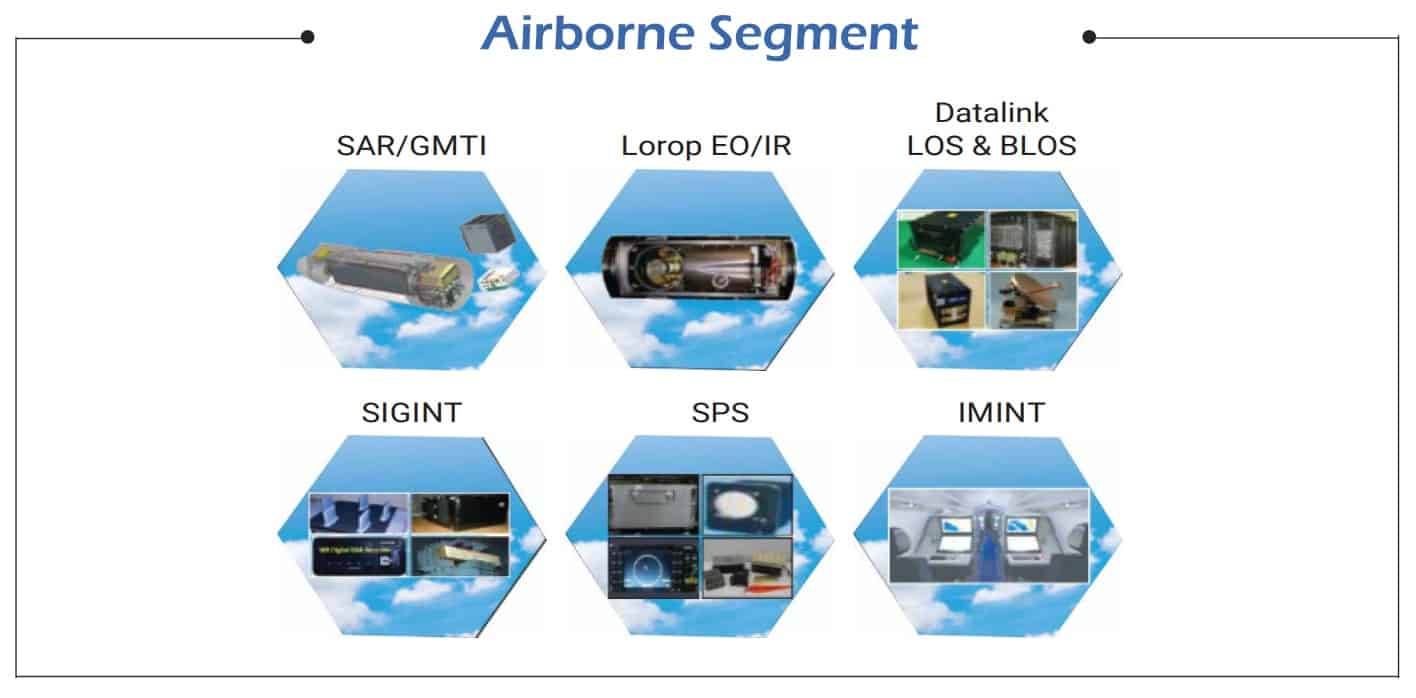
In the mean time, work on the Indian ISTAR’s radar, electronic intelligence, communication intelligence and other sensors has already begun at the DRDO’s Centre for Airborne Systems (CABS), with two years of work already in. The team that developed the Netra AEW&C airborne system in service with the Indian Air Force has now been split into two expanded teams — one focused on the ISTAR program, and the other working on the Netra Mk.2, a program where the existing Netra radar system will be integrated with pre-owned Air India A320 passenger jets. Livefist has detailed that latter program here.
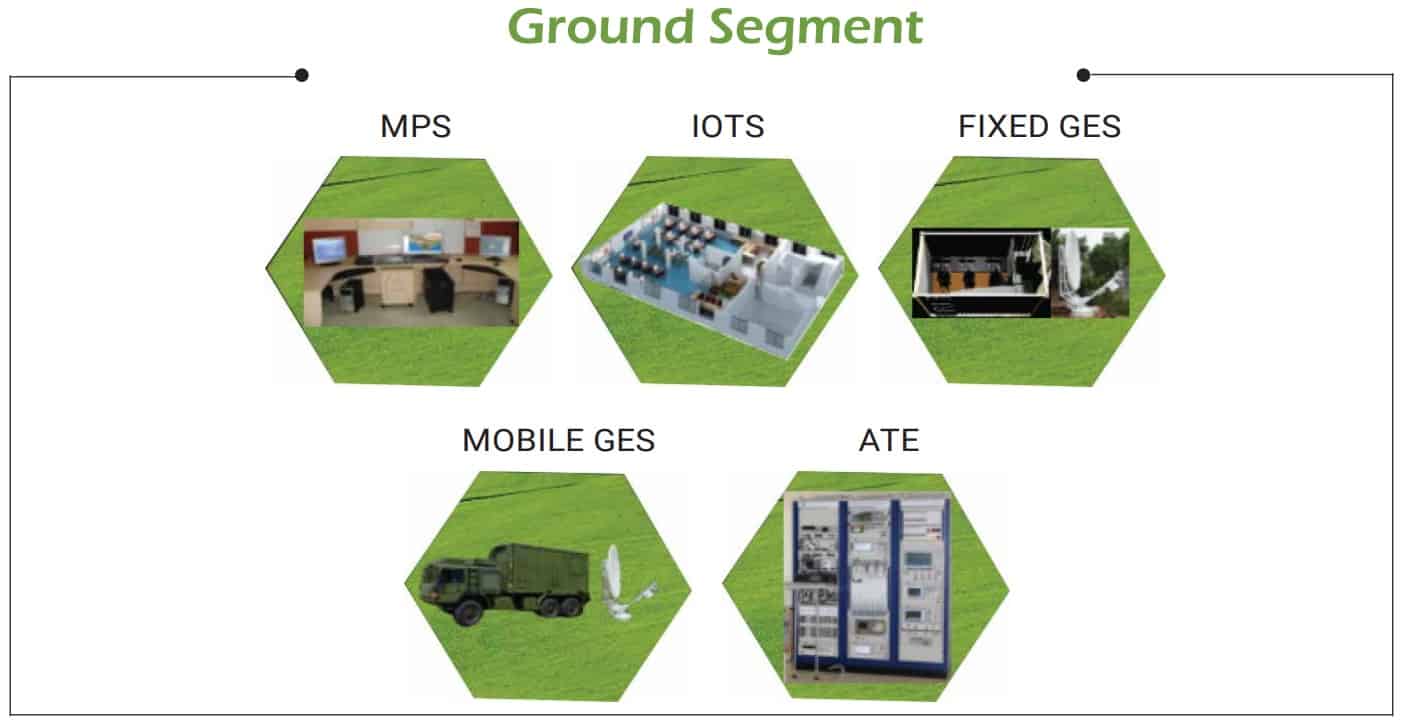
Described by the DRDO as a ‘system of systems’, the ISTAR comprises airborne and dround segments based on a ‘high altitude, high endurance, transport jet’ sporting very high resolution imagery from long range SAR and EO/IR, ground moving target detection of slow moving objects, the ability to track mobile ground targets, map natural disasters, area monitor vessels, monitor activities near border and littoral areas. It also states that the ‘multi intelligence system’ uses AI/ML/DL to infer actionable Intelligence IMINT and SIGINT information to form a common operating picture (COP).
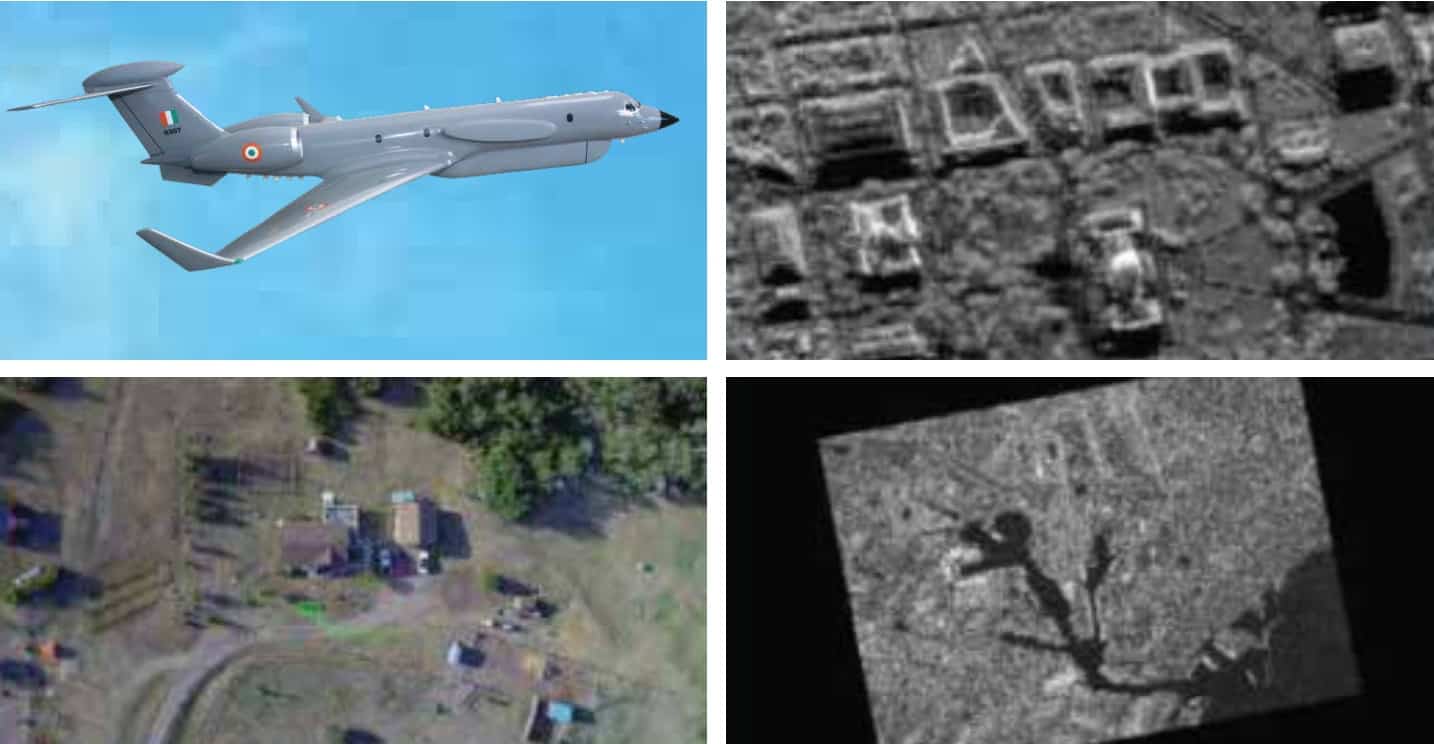
A formal decision hasn’t been taken yet, the Indian ISTAR — like the U.S. aircraft to be procured under the Defence Technology & Trade Initiative (DTTI) — will be based on the Bombardier Global Express business jet platform. A separate procurement of four jets will commence as the program matures in the next two years. Much of the work done on the Netra Mk.1 AEW&C program will expectedly flow into the DRDO’s ISTAR, though a large number of Indian private start-up companies have been enlisted to contribute to the indigenous software architecture will be proprietary to Indian battlefield and ground surveillance needs.

Apart from airborne intelligence aircraft operated by India’s Research & Analysis Wing (RAW), the Indian Air Force currently operates three Phalcon AWACS (with two more to be contracted) and two DRDO-Embraer Netra AEW&C jet. A third of the type is being used by the DRDO as a sensor testbed. The DRDO was earlier also developing an AWACS system based on the Airbus A330 widebody jet platform, though that has, at the very least, been pushed down the priority ladder, if not shelved for now. On the other hand, with priority backing, and transactional muscle provided by the India-US relationship, the ISTAR program is expected to move smoothly forward.
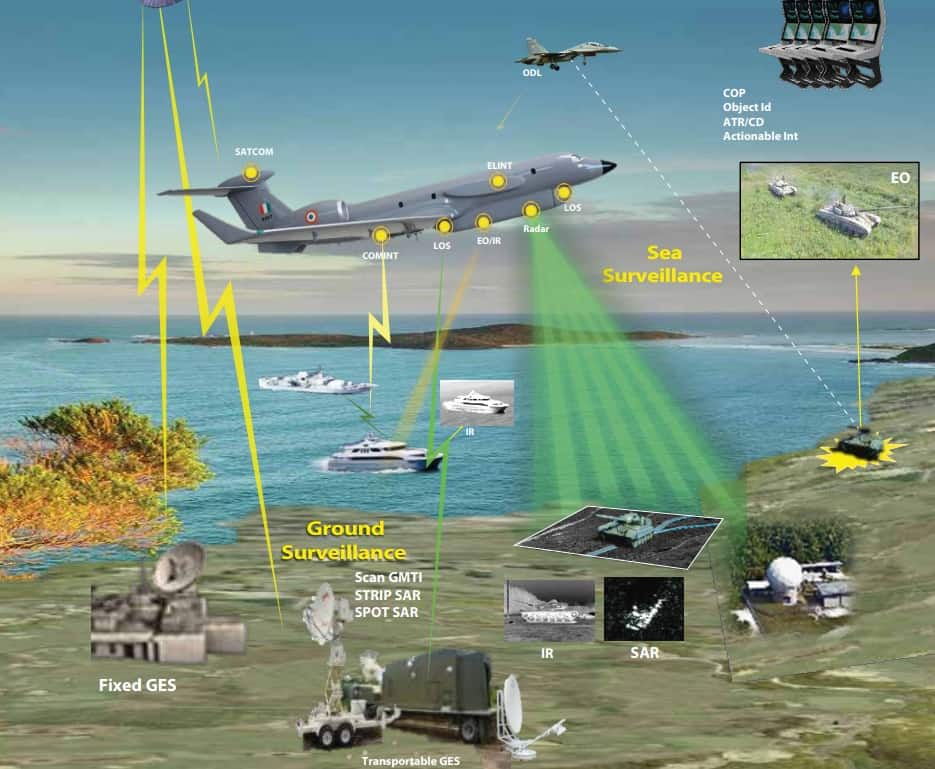

India's $3-billion ISTAR Takes Shape, MoD Clearance This Year - Livefist
The Indian government is all set to clear paperwork in the coming months to acquire a U.S. ISTAR (Intelligence Surveillance Targeting and Reconnaissance) battlefield and ground surveillance aircraft platform, the first step towards a larger joint project that will see India's Defence Research &...
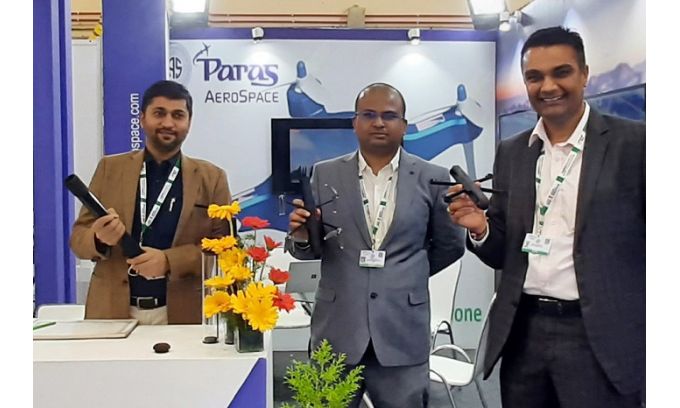
Indian Company to Develop Affordable Multi-spectral Camera for UAVs
Paras Aerospace is set to unveil an indigenously developed, affordable multi-spectral camera for UAVs for applications in agriculture, urban developme...
March 1, 2021
Paras Aerospace is set to unveil an indigenously developed, affordable multi-spectral camera for UAVs for applications in agriculture, urban development and forest survey. Paras Aerospace is a subsidiary of Paras Defence and Space Technologies Limited, a progressive tier 2 defence engineering company in India.
Paras Aerospace offers a wide range of unmanned aerial vehicle (UAV or ‘drone’) integrations and UAV-based services in aerial mapping & surveying, GIS and infrastructure. Paras has now embarked on a mission to reduce the selling price of high-end mapping UAVs by indigenously developing the multi-spectral cameras to ensure that they can be used by a wide range of customers, including farmers.
Pankaj Akula, CEO of Paras Aerospace, said: “UAVs have wider applications in the industrial and civilian sectors beyond the traditional military sector. Today, UAV-based services are used in highway mapping, urban planning, construction monitoring, maintenance of airports, dams, the energy sector, forestry and plant inspection. In fact, UAV-based services can even be extended to the agriculture sector to assist farmers. However, the costs are still high. Hence, we are indigenously developing cameras for agricultural use at an estimated sales price of less than US$4,000 per unit.”
Indian drone ambitions
Paras Defence and Space Technologies Limited has extensive experience in optics and opto-mechanical assemblies, including in various projects of the Indian Space Research Organisation (ISRO), the Indian state-owned aerospace and defence company Bharat Electronics Limited (BEL) and India’s Defence Research and Development Organisation (DRDO). Satellite imagery is a source that is being used for agri-mapping but the pricing level for higher-resolution images as well as issues associated with cloud cover currently limit its full utility. Paras is offering an affordable aerial mapping alternative using UAVs for agri applications that can be flown under the clouds and achieving higher resolution using low-cost multi-spectral cameras.“The government intends to make India the drone capital of the world. We want to play a significant role in this initiative. We also believe in a self-reliant India to cater to the local and international market. Our products will be available in the market shortly,” Pankaj added.
To underline the ambitions and in view of a growing demand for UAV operators in India, Paras recently announced the launch of a free Massive Open Online Course (MOOC) in drone operations management for students. The government estimates that there are currently 40,000 drones in the country and expects that number to reach one million over the next five years, which will require a very large number of drone pilots. Paras aims to facilitate this by providing courses for free.




